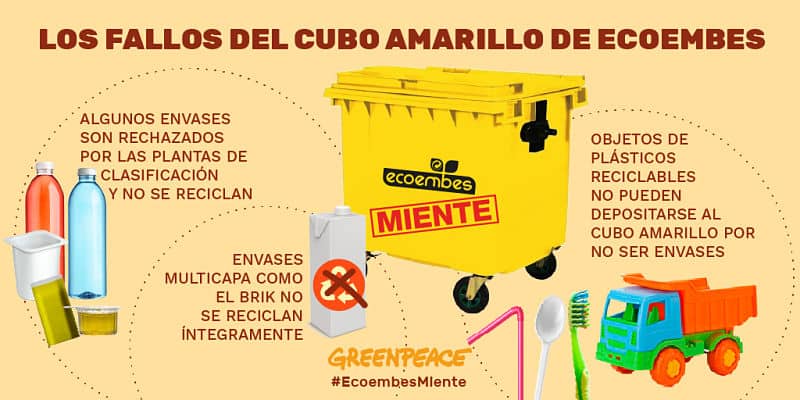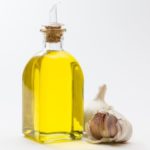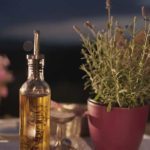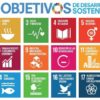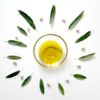This post is also available in:
Español (Spanish)
Nederlands (Dutch)
Français (French)
Deutsch (German)
Português (Portuguese (Portugal))
To describe plastic as the eternal enemy is no exaggeration: in this second part we will expose what plastic is as a harmful material for the environment (in its physical part) and how the claims of the plastic industry only seek to wash its image with half-truths and blatant lies that have been repeated for years. If you have not yet read the first part, Plastic away from EVOO, there is still time.
There is no doubt that plastic has been and is a huge revolution in all aspects of human life: it has as many uses as we can imagine. It is also easy to create, handle and recycle.
Unfortunately, it is not perfect, as it starts to degrade from the moment it is manufactured, just like any other object. The difference is that plastic generates both physical and chemical problems in the environment: not only is it not harmless, but it is terribly harmful in most of its present forms, particularly in the form of microplastics and nanoplastics (tiny pieces from 5 to 0.00005 millimetres) and the additives that are used to give it certain qualities such as softness or colour have a very high level of toxicity in the environment and human beings.
The justification of the plastic manufacturing sector in the face of the terrible images of rivers, lakes, oceans and animals killed by plastic consumption is always the same: “The problem is not the plastic, but the bad management of its waste“.
“Plastic is recycled”, true at 25%
.
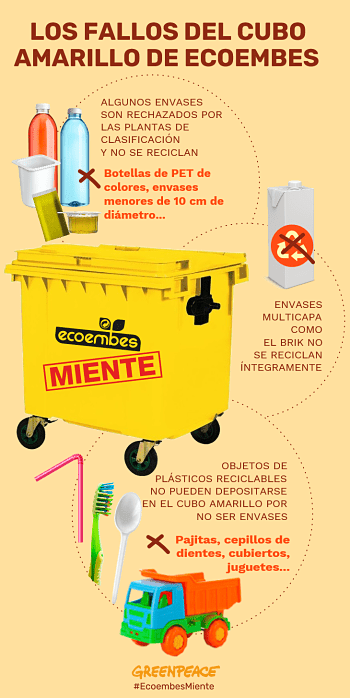
“Plastic is safe”
.
Quote taken literally from a communiqué of the Andalusian Plastics Cluster: “In fact, PET, the plastic material most commonly used in EVOO packaging, is totally safe and much cheaper than other alternatives. It is a safe, inert and Bisphenol A-free material” (07/07/2020).
However, in the analysis carried out by Friends of the Earth (“Plastívoros, la verdad sobre el ingrediente más tóxico de nuestra alimentación“, pg. 42) in commercial PET water appears nylon, polypropylene and polyethylene terephthalate (PET). Yes! PET is dissolved in PET containers and ranges up to more than 10,000 particles in just half a litre of water. The only safe amount of consumable plastic is zero.
Plastic, the eternal enemy
.
In this second part we have not yet discussed the terrible health repercussions of consuming these plastic additives. It will be in the third and final episode that we will focus on the chemical side of plastics.
We continue to recommend that you buy Extra Virgin Olive Oil in glass and stainless steel packaging. Fight against plastic as an eternal enemy. Do it for your health and the health of your loved ones, the environment and a real circular economy.
